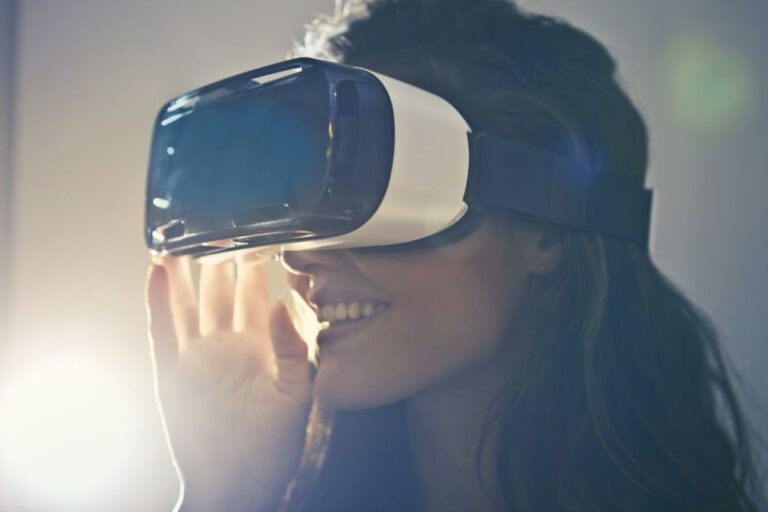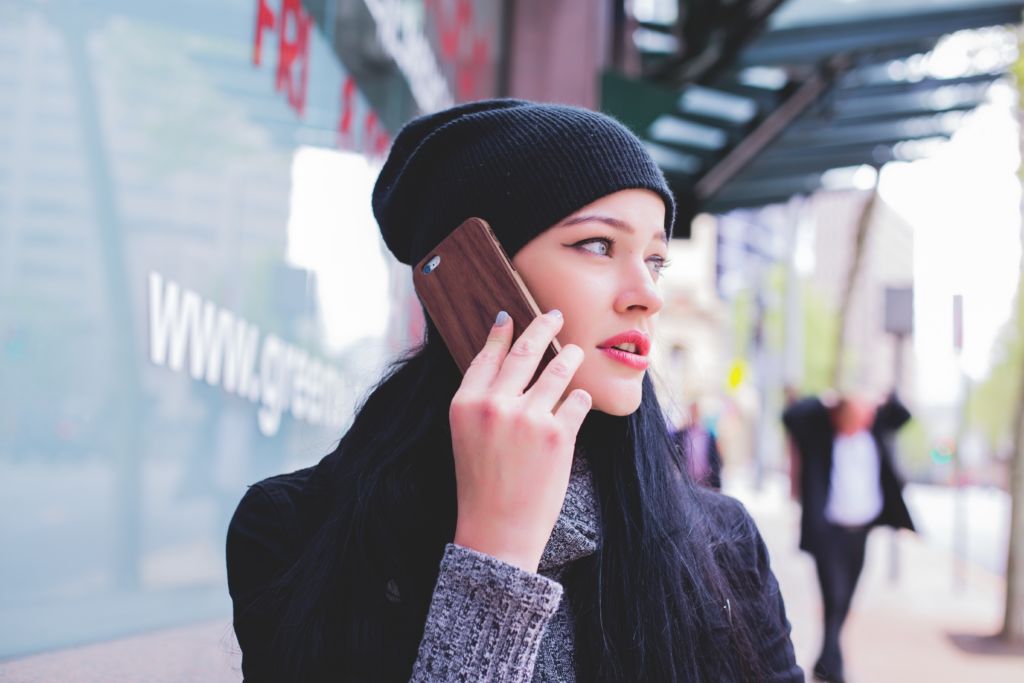
Allow me to share with you this very interesting article from INFOBAE: Artificial intelligence and mixed reality in fashion: concepts that are beginning to take shape, in which I have had the pleasure of collaborating thanks to the opportunity offered by Julieta Schulkin, journalist at Infobae and the excellent work of Jimena Guffanti, Press Agent. Thank you very much!
Artificial intelligence and mixed reality in fashion: concepts that are beginning to take shape.
The search for personalization of shopping experiences and optimization of collection design through technology. BAFWEEK and inspiring cases
By Julieta Schulkin – August 25, 2018

In July of this year, Chinese e-commerce giant Alibaba presented a demo of its first physical concept store: FashionAI. It opened its doors for 4 days in Hong Kong, with the main objective of simplifying the clothing shopping experience through big data analysis and the application of artificial intelligence (AI). “FashionAI reflects our thinking about what the future of retail fashion might look like,” Zhuoran Zhuang, the company’s vice president, said in a statement. How do you imagine the experience?
This fashion store, in pilot format, can be accessed via a smartphone by scanning a QR code. It is associated with the user account on Taobao, the fashion and beauty ecommerce site of Alibaba. Then, the face of the potential buyer is scanned. If you like a garment, you can go to the smart mirrors (which is not new, the biggest H&M store in New York, has one, for example), to see your item, choose size and colors.
These touch-screen mirrors can even suggest other items to buy or add to the shopping cart. That is, they combine the experience of an e-commerce platform with the physical presence of the user in the store. FashionAI products have tracking tags with radio frequency identification chips (RFID), gyroscopic (to detect if the clothes are being touched, moved or picked up) and have a Bluetooth connection.
A near future.
The centennials fashion shoppers (between 9 and 17 years old) today demand customization. And, according to an IBM study, 52% of women of Generation Z would like to see tools that allow them, precisely, to have a tailor-made shopping experience (according to their tastes and sizes).
“E-commerce platforms know what fashion items and accessories consumers bought in the past, what they are buying right now, and what they are likely to buy in the future. They do this by following the digital footprint of buyers, operations derived from purchases and searches,” says to Infobae Gabriel Farías Iribarren, Argentinian fashion sourcing professional in Asia.
He adds: “AI can recommend complementary models, based on information about a particular customer’s previous shopping and browsing habits, both on the web and in physical stores”.
According to Farías Iribarren, through this process, AI has created the current fashion supply chain. “It has three essential characteristics: it is digital, on demand and always connected”, he assures. With regard to new technologies, he points out that the fashion industry will seek, with increasing insistence and through its investments, a massive use of virtual, augmented and mixed reality. It will be a means to create and strengthen the shopping experience in the physical store.
“The personalization of fashion, the number one trend on a global level, requires manufacturing to be close to sales centers in order to elaborate or customize the product that the client wants and deliver it in the physical store or through the omnichannel, in the shortest possible time. This shared and unavoidable objective of each and every one of the global fashion brands is driving the neo-relocation of the industry,” he concludes.
An approach, at BAFWEEK
During the Buenos Aires Fashion Week that took place a few days ago, at the Buenos Aires Convention Center, Microsoft was present in an interactive fashion space. It added mixed reality through its Hololens glasses and artificial intelligence. The company and its partner Four Players presented two solutions. Based on the analysis of each visitor’s preferences and look, the AI recommended, for example, a tailor-made collection of those presented at the event.
“There are very interesting cases to understand what technology is generating, such as that of H&M with its intelligent mirror, which reads patterns, with image learning, and interacts with the client to give him recommendations, for example, what discount he can apply for the product,” said to Infobae Cecilia Cuff, director of marketing and operations at Microsoft Argentina.
“What our presence at BAFWEEK seeks is to show that AI is a thing today, it is not something that is coming or that is about to come, it is not a futuristic experience, but something that any brand, in two weeks, could be implementing if it wanted to. The cloud is a great enabler for AI to be everywhere,” she adds.
Cuff said the company’s presence at the fashion event “triggered a lot of things we didn’t have in mind, so I reckon in the next few months we’re going to be making a lot of progress in this particular industry”. In the interaction with mixed reality, the user could dress a virtual silhouette, with different garments to choose. Both this solution and the application of AI in the Azure open source platform, attempted to show the potential of technology to customize experiences.
Other inspiring cases:
Everywear.
Fashion editor Brandon Holley founded Everywear, a digital styling platform. She says she understands that women buy differently than men. In this sense, she maintains that ecommerce was invented by men and she understands that it is necessary to rethink it from a feminine point of view. Thus, its clothing sales platform applies an editorial criterion to electronic purchases. The platform offers personalized recommendations, like an editor of a fashion magazine, but with artificial intelligence and machine learning.
Everywear uses a solution called SaaS that predicts, among several functions, future behavior of online shoppers. Users who participate in any of the sites contained in this platform can make a list of basic garments they already have. These will then become data points.
This “basic style” of the user will be combined with an algorithm that, based on these images, “reads” and interprets the consumer’s wardrobe. These preferences are contrasted with the garments of the ecommerce platform. Everywear chooses garments or accessories from the online store that are compatible with those preferences. It will show how, for example, a jacket matches a garment the user already has. Everywear has collected more than 2 million pieces of data from the more than 120,000 consumers who have already used the platform. Based in New York, the company has 4 female employees.
Tommy’s AI.
BM partnered with the brand Tommy Hilfiger and students at the Institute of Fashion Technology (FIT) to develop a project called Reimagine Retail. The goal is to show how AI can give retailers an advantage. Thus, the system was provided with 15,000 images of the brand’s products, 600,000 images of other publicly available garments and nearly 100,000 patterns of fabric sites. Automated learning analysis gave the brand information about colors or textures they had not previously imagined, with the goal of creating completely new design concepts.
Cognitive collection.
Australian fashion designer Jason Grech developed a collection of 12 dresses with Watson, the AI platform, for the opening of last year’s fashion week gala in Melbourne. Jasongrech Cognitive Couture is a collection thought through AI, based on trend analysis, for decision making at the time of design. For example, Watson predicted color trends. It is the first time in Australia that AI has been used alongside human processes, involving creative thinking and the design process.











































